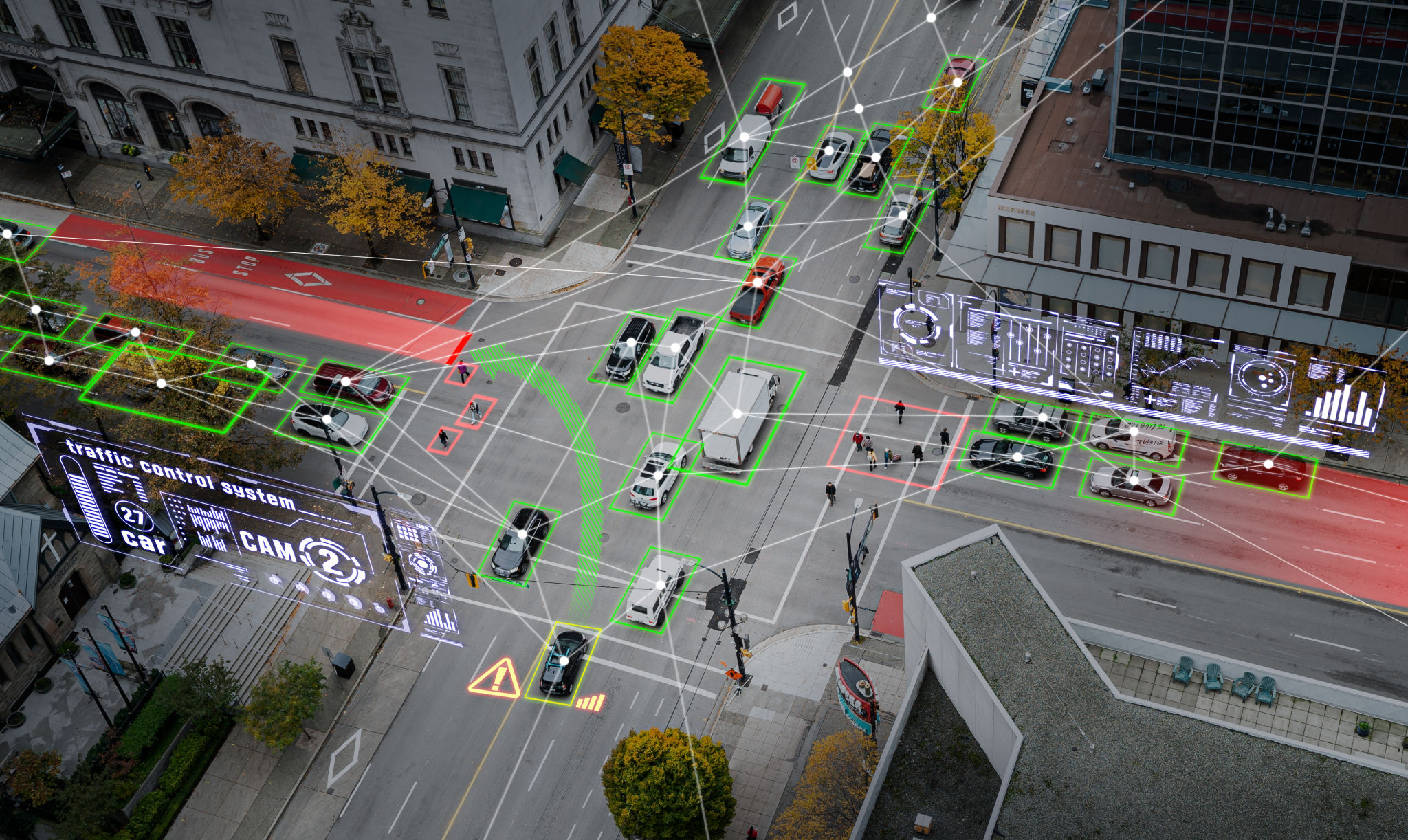Top Smart City Platforms in the USA: A Comparative Guide
Understanding Smart City Platforms
As urban populations continue to grow, cities are turning to technology to enhance the quality of life for their residents. Smart city platforms are at the forefront of this transformation, helping municipalities manage resources more efficiently and sustainably. These platforms integrate data from various sources to optimize city operations, improve public services, and foster economic growth.

In the United States, several smart city platforms have emerged as leaders. Each platform offers unique features and capabilities, catering to different urban challenges. This guide will compare some of the top smart city platforms available in the USA, highlighting their strengths and areas of application.
Key Features of Leading Smart City Platforms
Data Integration and Analytics
One of the most critical aspects of smart city platforms is their ability to integrate data from multiple sources. This includes data from traffic systems, utilities, public safety, and more. Leading platforms use advanced analytics to process this data, providing cities with actionable insights to make informed decisions.
Scalability and Flexibility
Another important consideration for cities is scalability. As urban areas grow and evolve, their needs change. Top platforms are designed to be scalable and flexible, allowing cities to expand their smart infrastructure without starting from scratch.

Comparing Top Smart City Platforms
Platform A
Platform A is renowned for its robust data analytics capabilities. It excels in providing real-time insights into traffic management and energy consumption, helping cities reduce congestion and improve efficiency. Furthermore, its user-friendly interface makes it accessible for city officials with varying levels of technical expertise.
Platform B
Platform B focuses on public safety and emergency response. With its advanced IoT integration, it offers a comprehensive view of city-wide safety metrics, allowing for quicker response times and proactive measures. This platform is particularly beneficial for cities prioritizing safety and security.

Platform C
Platform C is designed with sustainability in mind. It provides tools for monitoring air quality, waste management, and water usage. Cities using this platform can significantly reduce their environmental footprint while promoting sustainability initiatives among residents.
Choosing the Right Platform for Your City
Selecting the right smart city platform depends on a city's specific needs and objectives. It is crucial to assess current urban challenges and future growth plans. Decision-makers should consider factors such as ease of integration, cost-effectiveness, and vendor support when evaluating options.
Smart city platforms have the potential to transform urban living by enhancing operational efficiency and improving residents' quality of life. By carefully choosing the right platform, cities can position themselves as leaders in innovation and sustainability.
